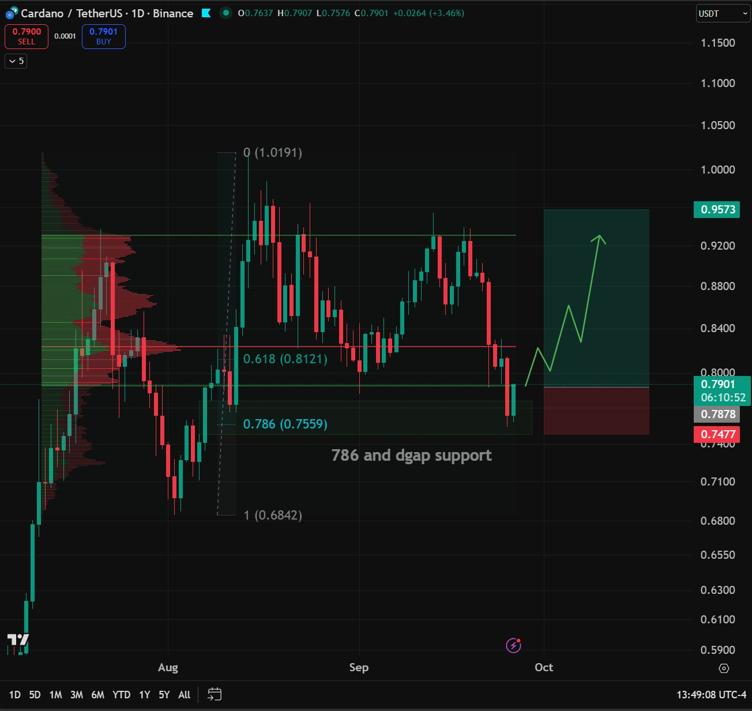Unmasking Risks in DeFi Fund Management
The collapse of Bunni, a decentralized exchange (DEX) in August 2025, has become a cautionary tale for investors and developers navigating the volatile world of decentralized finance (DeFi). The platform lost an estimated $8.4 million in a single exploit, with attackers exploiting a precision error in its liquidity distribution function to drain funds across Ethereum and Unichain [1]. This incident underscores systemic vulnerabilities in DeFi protocols, particularly the fragility of smart contract logic and the risks of cross-chain operations. As DeFi platforms expand their functionalities, the Bunni case highlights the urgent need for robust risk management frameworks and a cultural shift toward transparency and accountability.
The Anatomy of the Bunni Exploit
Bunni’s collapse was triggered by a flaw in its liquidity rebalancing mechanism. Attackers executed a series of trades to manipulate the platform’s calculations, allowing them to withdraw liquidity provider (LP) tokens in excess of the actual reserves [2]. This precision bug, which went undetected despite prior audits by firms like Trail of Bits and Cyfrin, exposed a critical gap in current security practices [3]. The exploit also revealed weaknesses in cross-chain operations, as funds were siphoned across Ethereum and Unichain, with stolen assets swapped to ether via the Across Protocol [1].
The incident aligns with broader trends in DeFi security. August 2025 alone saw $163 million in losses across 16 exploits, with 80% of crypto losses attributed to DeFi protocols and cross-chain bridges [4]. Smart contract flaws, such as re-entrancy vulnerabilities and weak access controls, remain the most common attack vectors. For instance, the $40–42 million GMX re-entrancy exploit and the $48 million BtcTurk breach—both in 2025—demonstrate how interconnected and complex these risks have become [4].
Systemic Risks in DeFi Fund Management
Bunni’s collapse is not an isolated event but a symptom of deeper systemic issues in DeFi. Three key vulnerabilities stand out:
-
Smart Contract Flaws: Even audited protocols are susceptible to logic errors. The Bunni exploit, for example, bypassed traditional audit checks by leveraging a nuanced precision bug [3]. This highlights the limitations of current audit practices, which often focus on known vulnerabilities rather than adversarial testing [5].
-
Liquidity Risks: DeFi platforms rely on user-provided liquidity, which can be volatile and prone to manipulation. The Bunni attack exploited this by draining liquidity pools through repeated trades, a tactic that exploits the lack of human oversight in automated rebalancing systems [2].
-
Governance Challenges: Decentralized autonomous organizations (DAOs) lack centralized oversight, making it difficult to respond to crises. Bunni’s immediate pause of smart contracts and collaboration with security firms was commendable, but the incident underscores the need for real-time monitoring and multi-layered governance structures [6].
Lessons for Investors and Developers
The Bunni incident offers critical lessons for the DeFi ecosystem. For investors, diversification across chains and asset classes is essential. Protocols with robust smart contract audits, formal verification, and multi-chain redundancy should be prioritized [4]. For developers, continuous adversarial testing and formal verification tools are non-negotiable. The Bunni team’s post-incident response—launching bounty programs and partnering with security experts—demonstrates the importance of rapid incident management [3].
Moreover, the rise of off-chain risks, such as phishing scams and human error, necessitates user education. The Venus Protocol incident, where a user lost $13.5 million by approving a malicious transaction, illustrates how DeFi’s reliance on user vigilance can exacerbate vulnerabilities [4].
Conclusion
Bunni’s collapse is a wake-up call for the DeFi industry. As platforms grow in complexity, so do the risks. Investors must balance innovation with caution, while developers must prioritize security as a core feature—not an afterthought. The future of DeFi depends on addressing these systemic vulnerabilities through technical rigor, governance reforms, and a culture of transparency.
Source:
[1] DeFi Protocol Bunni Exploited, $8.4M Drained From …, [https://crypto-economy.com/defi-protocol-bunni-exploited-8-4m-drained-from-liquidity-pools/][2] Ethereum News Today: DeFi Precision Bug Drains $8.4M …, [https://www.ainvest.com/news/ethereum-news-today-defi-precision-bug-drains-8-4m-smart-contract-flaw-unveiled-2509/][3] Smart Contracts Halted: DeFi’s Security Blind Spot Exposed, [https://www.ainvest.com/news/smart-contracts-halted-defi-security-blind-spot-exposed-2509/][4] DeFi Security Vulnerabilities and Their Implications for …, [https://www.ainvest.com/news/defi-security-vulnerabilities-implications-dex-investment-strategy-2509/][5] OWASP SC Top 10 (2025) Breakdown: The Most Critical …, [https://www.resonance.security/blog-posts/owasp-sc-top-10-2025-breakdown-the-most-critical-smart-contract-risks-of-2025][6] Mapping Microscopic and Systemic Risks in TradFi and DeFi, [https://arxiv.org/html/2508.12007v1]
Source link
Written by : Editorial team of BIPNs
Main team of content of bipns.com. Any type of content should be approved by us.
Share this article:











